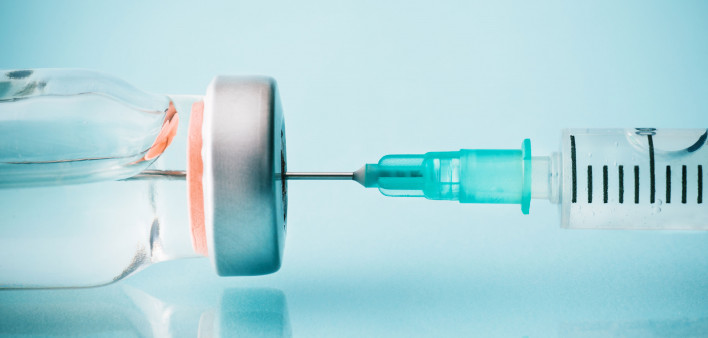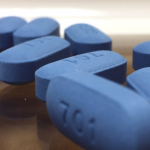ViiV Healthcare’s long-acting cabotegravir—an injection given every eight weeks—has proved more effective than the daily Truvada form of pre-exposure prophylaxis (PrEP) at reducing the risk of HIV acquisition among cisgender women.
Nevertheless, both forms of HIV prevention proved highly effective in the double-blind Phase III HPTN 084 trial, which included 3,223 women at risk for the virus living in seven nations in sub-Saharan Africa.
After enrollment launched in November 2017, the participants were randomized to receive injectable cabotegravir given every eight weeks by a health care worker plus a daily placebo pill or daily oral Truvada plus a placebo injection given every eight weeks.
An interim analysis by the trial’s independent data safety monitoring board found that injectable PrEP was more effective than daily Truvada (tenofovir disoproxil fumarate/emtricitabine). Consequently, the board recommended that the study’s blinded phase be discontinued so that all participants could learn which drug they had received and those on Truvada could be offered cabotegravir. The directors of the trial are indeed following these recommendations.
The news about cabotegravir’s success among at-risk women follows findings earlier this year from the HPTN 083 study, which found that injectable cabotegravir was also more effective than Truvada at preventing HIV among men who have sex with men and transgender women who have sex with men.
As ViiV gears up to submit the results of both clinical trials to the Food and Drug Administration and global regulators, Kimberly Smith, MD, MPH, the head of research and development at the pharmaceutical company, projected on a press call Monday morning that injectable cabotegravir as PrEP could be approved in the United States by late 2021 and hit the market in early 2022.
“If approved, long-acting cabotegravir will provide an option that reduces the number of annual dosing days from 365 to six,” Smith said. “In addition, long-acting cabotegravir can be discreetly administered and may empower women to reduce their risk of HIV acquisition without the need for negotiation with their sexual partner.”
A cabotegravir prescription requires a visit to a clinic to receive the injection. So while daily oral PrEP demands that individuals attend a health care visit every three months, switching to injectable cabotegravir would increase that appointment frequency by 50% while eliminating the need for daily pills.
Thirty-eight women contracted HIV during the trial, including four who were randomized to the long-acting cabotegravir arm and 34 who were placed in the Truvada arm. This meant that the HIV acquisition rate per 1,000 cumulative years of follow-up was 2.1 cases in the cabotegravir arm and 17.9 cases in the Truvada arm. Compared with receiving daily Truvada, receiving long-acting cabotegravir was associated with an 89% lower risk of contracting HIV.
The women in the study adhered to the daily Truvada regimen at a higher rate than in previous studies of PrEP in this population. Testing in a subset of 362 women who received Truvada found that 64% of the blood samples had any detectable tenofovir (one of the two drugs in Truvada) and 48% had a drug level indicating daily use.
Both forms of PrEP were well tolerated during the study. Most adverse health events among the women were mild or moderate, and their frequency was balanced between the two study arms.
There was a low rate of injection site reactions: 32% of those in the cabotegravir group and 9% in the Truvada arm experienced such reactions. None of the women discontinued participation in the trial due to injection site reactions.
“With the combined landmark findings of HPTN 084 announced today and HPTN 083 announced earlier this year, we’ve confirmed that long-acting cabotegravir is a superior HIV prevention option for men and women," said Myron Cohen, MD, of the University of North Carolina at Chapel Hill, a co–principal investigator for the HIV Prevention Trials Network (HPTN). "New HIV prevention agents that address the many needs of all individuals at risk for acquiring HIV are essential pillars of our strategy to end the HIV epidemic. If approved, this innovative new injectable option administered once every two months will expand the way we approach HIV prevention.”

Myron Cohen, MD, speaks at the 9th International AIDS Society Conference on HIV Science in Paris in July 2017Benjamin Ryan
To read a press release about the study, click here.







Comments
Comments